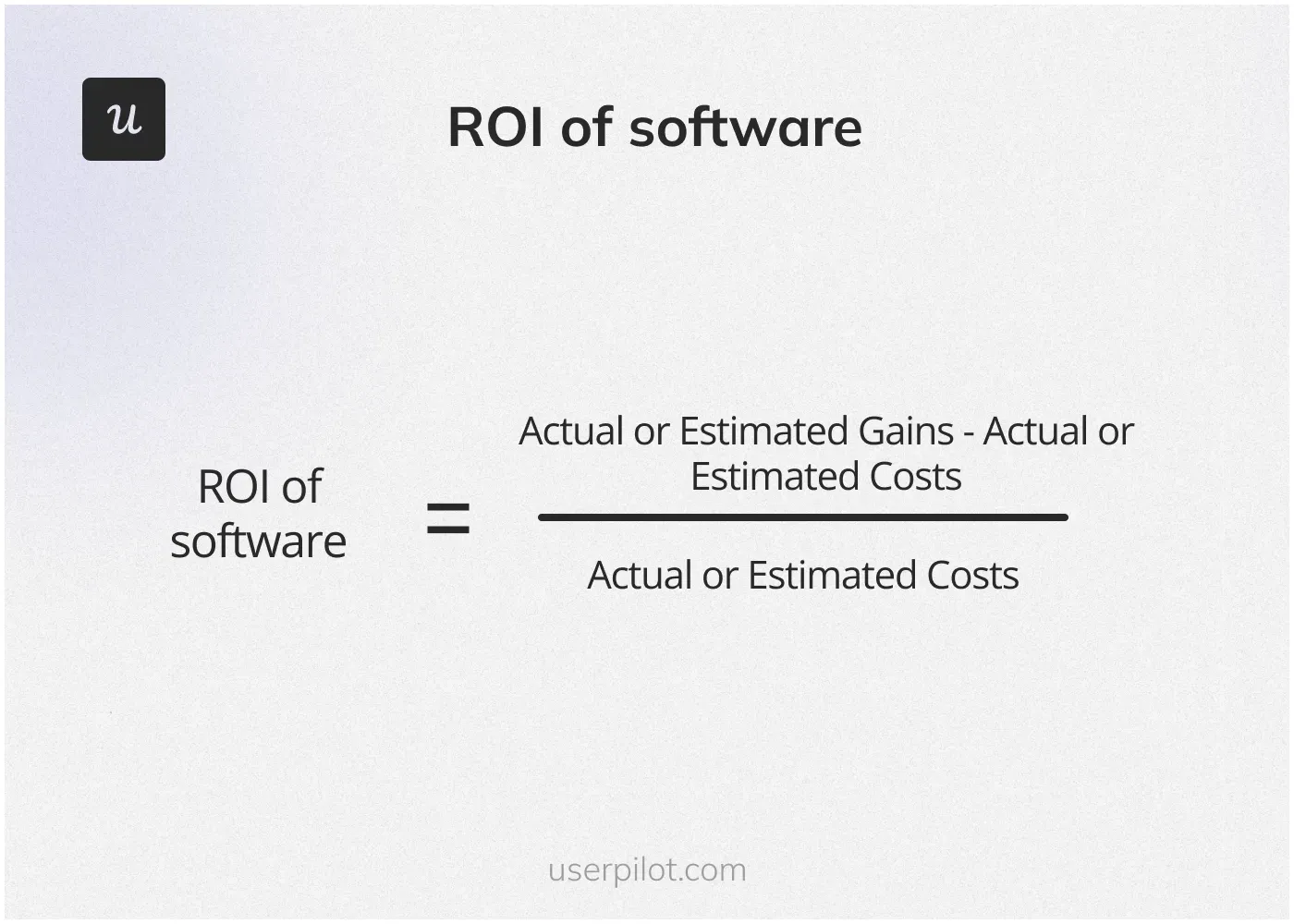ROI of software modernization is more than a simple cost calculation; it’s a strategic lens that reveals how upgrading today can boost revenue and resilience. Seeing the software modernization benefits requires linking technology changes—cloud adoption, modular architectures, and streamlined workflows—to measurable business value. When we measure, we look beyond licensing or migration costs to how upgrading legacy systems ROI translates into faster delivery, safer operations, and happier users. For many organizations, the question of when to upgrade legacy systems drives the timing of this investment, balancing urgency with strategic fit. By tying modernization initiatives to digital transformation ROI and cost-to-savings, leaders can turn abstract improvements into concrete, revenue-enhancing outcomes.
In practical terms, the return on modernization investments often comes from faster software delivery, lower risk, and improved customer experiences. You can describe it as the value realized from updating legacy applications, reducing technical debt, and enabling cloud-native architectures that scale with demand. From an analytics perspective, modernization ROI aligns with digital transformation outcomes and longer-term cost savings, beyond initial migration costs. By framing the journey with terms like modernization ROI, upgrade strategy, and phased modernization, teams can communicate intent to business stakeholders.
ROI of Software Modernization: Linking Modernization ROI to Business Value
The ROI of software modernization is more than a number on a spreadsheet; it’s a strategic lens that connects technology upgrades to measurable business outcomes. When we talk about the ROI of software modernization, we’re capturing not only upfront costs but the cumulative value delivered over time — faster time-to-market, safer operations, richer data, and happier users. This framing also aligns with broader goals like digital transformation ROI, where modernization acts as a lever for new capabilities and revenue-generating opportunities. In practice, software modernization benefits extend beyond IT, touching product teams, customers, and regulators alike.
Key drivers of modernization ROI include increased agility, improved security and compliance, reduced technical debt, and better data-driven decision-making. As architectures shift toward cloud-native designs, modular components, and streamlined workflows, organizations realize tangible benefits such as higher conversion rates, shorter release cycles, and lower maintenance costs. The modernization ROI also reflects intangible gains — stronger brand trust, better user experiences, and improved risk posture — that compound over time and amplify overall business value.
To quantify this value, many organizations use the math of ROI alongside traditional metrics: total cost of ownership, payback period, net present value, and internal rate of return. Benefits realization anchors every capability (revenue growth, waste reduction, faster cycle times, lower defect rates) to concrete financial outcomes. In real-world terms, a thoughtful modernization program translates into a sum of tangible savings and revenue enhancements, complemented by strategic advantages that support longer-term digital transformation ROI.
When to Upgrade Legacy Systems: Triggers, ROI, and a Practical Modernization Roadmap
Knowing when to upgrade legacy systems is critical to maximizing the ROI of modernization initiatives. Common indicators include persistent performance bottlenecks with high maintenance costs, security risks and end-of-support threats, and data silos that hinder unified analytics. When to upgrade legacy systems becomes clearer as these signals converge with misalignment to business goals — if a platform can’t support new products, channels, or regulatory requirements, modernization becomes essential to stay competitive. Additionally, a high cost-to-change relative to the cost of upgrading often signals it’s time to act, especially when modernization ROI can be accelerated through a phased approach.
A practical path to maximize upgrading legacy systems ROI starts with selecting the right modernization approach—rehost, replatform, refactor, or even replace—often in combination. Begin with incremental modernization and a pilot project to demonstrate measurable ROI before broader rollout. Build a modernization roadmap that ties technology milestones to business goals, implement governance for API and data standards, and establish ongoing metrics to monitor ROI. By combining a strategic trigger analysis with a structured architecture plan, organizations can move from reactive upgrades to proactive modernization that delivers sustained modernization ROI and supports broader digital transformation ROI.
Frequently Asked Questions
What is the ROI of software modernization and how can organizations measure software modernization benefits?
ROI of software modernization is the net value generated by upgrading technology relative to the costs over time. To measure software modernization benefits, organizations typically use total cost of ownership (TCO), payback period, net present value (NPV), and internal rate of return (IRR), while quantifying tangible outcomes such as faster delivery, reduced outages, improved security and compliance, better data and analytics, and enhanced user experience. These benefits often translate into revenue growth and lower operating expenses, contributing to a broader digital transformation ROI. A representative example shows how a $2 million upfront investment with $600,000 in annual savings over five years can yield a payback of about 3.3 years and a favorable modernization ROI when productivity gains and enhanced capabilities are realized. To maximize modernization ROI, tie programs to concrete business outcomes, pilot critical components, and continuously measure benefits with dashboards.
When to upgrade legacy systems, and how does this decision impact modernization ROI and digital transformation ROI?
Upgrade legacy systems when indicators such as persistent performance bottlenecks, high maintenance costs, security risks or end-of-support threats, integration gaps, data silos, and poor user experience threaten competitiveness. These triggers improve upgrading legacy systems ROI by enabling modern architectures, better data, and faster time-to-value, which in turn boosts modernization ROI and digital transformation ROI. The ROI is realized through lower maintenance, greater reliability, faster delivery, improved risk management, and new value for customers. To maximize ROI, start with high-impact, low-risk pilots, build a business-led modernization roadmap, and measure benefits with dashboards tracking TCO, payback, NPV, and benefits realization across the program, including data quality, security, governance, and user adoption.
| Key Topic | Summary |
|---|---|
| Definition and value | ROI of software modernization is strategic, not just cost; upgrading your tech stack can boost revenue, reduce risk, and shorten time-to-value via cloud adoption, modular architectures, and streamlined workflows. |
| What ROI means | ROI measures net benefits relative to cost over time, including revenue growth, operating savings, productivity gains, and intangible benefits like customer experience and regulatory compliance. |
| Increased agility and speed to market | Modern systems enable rapid changes with new features, integrations, and services reaching customers faster. |
| Improved security and compliance | Up-to-date platforms reduce vulnerability exposure and ease adherence to evolving regulations. |
| Reduced technical debt and maintenance costs | Refactoring or rebuilding lowers maintenance toil and incident rates. |
| Better data and analytics | Modern architectures enable unified data, real-time insights, and smarter decision-making. |
| Enhanced user experience | Modern apps deliver faster, more reliable performance across devices, boosting adoption and retention. |
| Scalable operations and reliability | Cloud-native or modular designs improve uptime and support growth without a linear cost increase. |
| The math behind the modernization ROI | ROI is quantified using TCO, payback period, NPV/IRR, and benefits realization to capture both financial and strategic value. |
| Practical ROI example | A typical scenario: upfront migration cost with annual operating savings; payback period and five-year net benefits illustrate ROI when aligned with business goals. |
| Signs and triggers to upgrade legacy systems | Indicators include persistent bottlenecks, security risks, data silos, poor UX, misalignment with goals, and high cost-to-change. |
| Modernization approaches | Rehost, Replatform, Refactor/Rebuild, Replace, and Incremental modernization — used alone or in combination. |
| Practical steps to improve ROI | Define outcomes, run pilots, build a roadmap, measure benefits, invest in culture and skills, and govern architecture and data. |
| Cost considerations and risk management | Consider cloud vs. on-prem, migration risk, talent, data integrity, and governance to balance upfront costs and long-term value. |
| Roadmap to a successful modernization program | Seven steps: vision, portfolio assessment, prioritization, architecture blueprint, iterative execution, measurement and adjustment, and institutionalizing ROI. |
| Real-world insights | Leading organizations align IT with business priorities, measure outcomes with KPIs, and maintain modular architecture and governance to sustain modernization ROI. |
Summary
ROI of software modernization hinges on aligning modernization initiatives with strategic business objectives and tracking measurable outcomes from day one. When organizations define clear outcomes, select high-impact targets, and invest in people, processes, and governance, modernization delivers not only cost savings but faster time-to-market, improved security, better customer experiences, and greater organizational resilience. A phased approach—starting with pilot projects, building a roadmap, and continuously measuring ROI using TCO, payback, and NPV—helps ensure lasting value. By treating modernization as an ongoing capability rather than a one-off project, organizations can sustain digital transformation ROI and preserve competitive advantage in a rapidly changing landscape.



